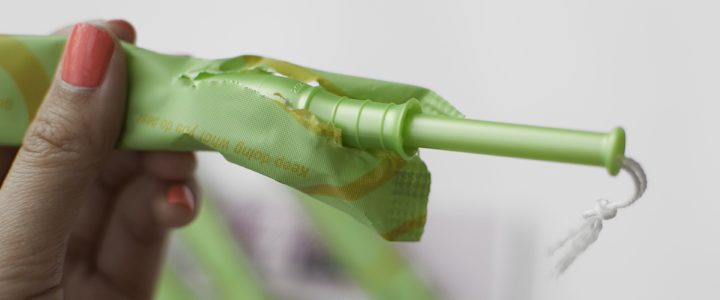
Today we’re talking periods and plastic. Before you decide this doesn’t concern you as someone who doesn’t menstruate, stick around. This is a plastic pollution issue that concerns all of us – one built on the very idea that a very normal and natural process, the process that is in fact part and parcel to how we literally make more humans, is in fact shameful, dirty, and should be kept secret – for example, one of the more recent innovations to tampons is a soft plastic wrapper that doesn’t crinkle when opened. You know, so no one can hear that you’ve got your period, god forbid. Like many of the single-use plastic items in our lives, the purveyors of the ones hawked for sanitary reasons have a vested interest in making sure we continue to “need” their products.
Menstruation lasts on average for about 5 days a month over the course of about 40 years. There are approximately 7.8 billion people in the world. Of that 7.8 billion people, 49.6% menstruate. Each period can use up to 20 tampons or pads per person, not including thinner panty liners that are often used as backup.
“The most common menstrual products are a veritable cornucopia of plastic. Tampons come wrapped in plastic, encased in plastic applicators, with plastic strings dangling from one end, and many even include a thin layer of plastic in the absorbent part. Pads generally incorporate even more plastic, from the leak-proof base to the synthetics that soak up fluid to the packaging.”
National Geographic
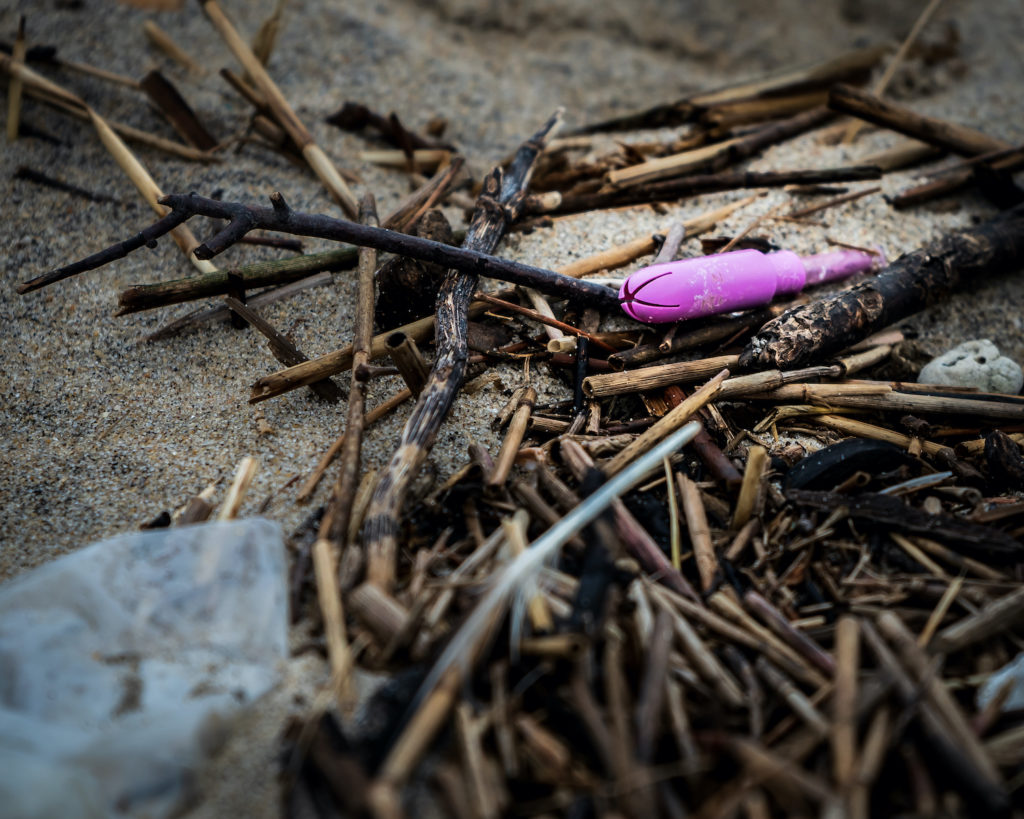
In the United States alone, approximately 12 billion pads and 7 billion tampons are discarded each year. Most of this ends up in landfill where it can take centuries to breakdown. Some ends up in our waterways and then washed up on our beaches – sanitary products are the fifth most common item found on Europe’s beaches, more widespread than single-use coffee cups, cutlery or straws. According to Susan Shaw, the founder and executive director of the Marine and Environmental Research Institute and a leading expert on the plastics in our oceans, sea animals often mistake applicator-sized pieces of plastic for food. When the plastic blocks their digestive tracts, they can starve to death. Additionally, the type of plastic in applicators will eventually breakdown into tiny particles easily eaten by shellfish and other small marine creatures. This is how plastic makes its way into our food chain and eventually on to our plates.
It’s safe to say the last thing any of us want is our sanitary products to starve sea turtles to death, or end up in our happy hour 2 for 1 oysters as microplastic.
So… are there more environmenstrually friendly options? Nowadays, there are many!
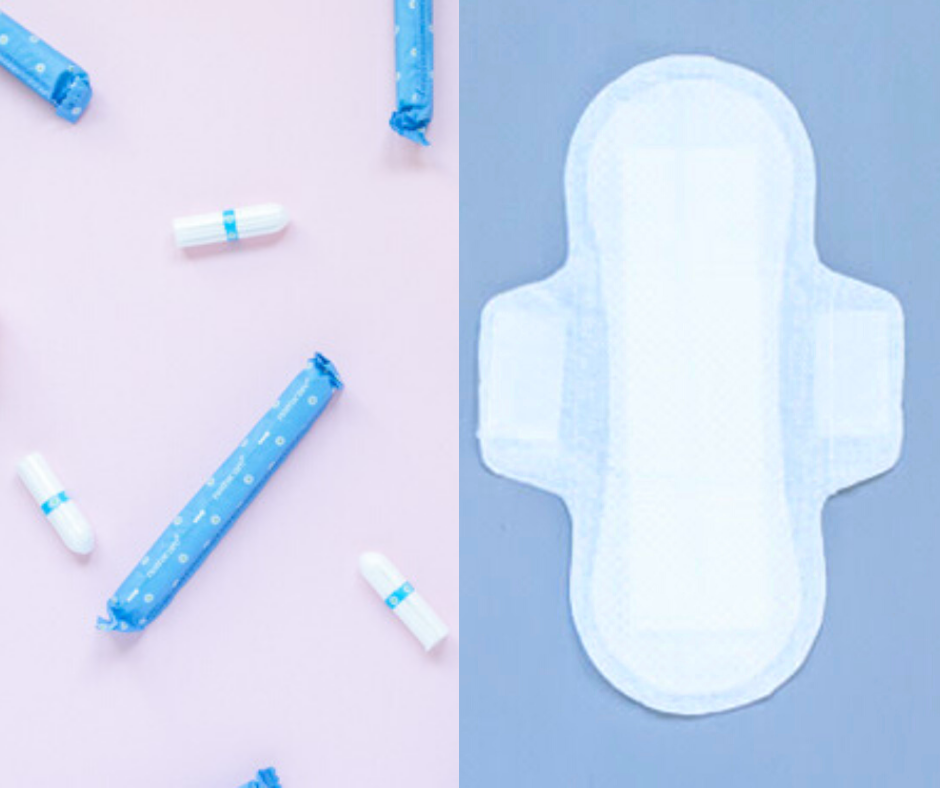
Organic Cotton Applicator-Free Tampons: These are disposable, but also compostable and biodegradable. You can also purchase organic pads and liners, but be sure to choose a brand that also has plastic free packaging. We got a little greenwashed on this one with a so-called organic brand that had their plastic free pads wrapped in plastic. And then the whole sleeve was wrapped in plastic. And that was in a box. These will run you about the same price as the usual plastic plentiful period products. Natracare has a whole line of plastic-free options.
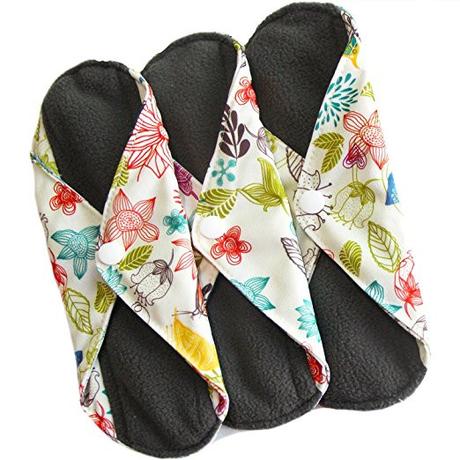
Reusable Cloth Pads and Liners: Most cloth pads are estimated to last up to five years if they’re properly cared for. Some people say theirs last even longer than that. There are many brands, sizes, and thicknesses to choose from. These often come with resealable, waterproof bags so you can change them throughout the day as needed. You usually want to do a hand wash first and then machine wash as normal. At about 13 to 25 dollars, depending on the quantity, these are a fantastic plastic-free, zero waste solution. There will be some trial and error with the size in terms of bulk. The thicker ones can feel a bit like wearing a soft and fuzzy fleece sock in your panties. Super cozy in the winter, but in the summer… Check out Heart Felt. Despite the bulk, never once a leak!
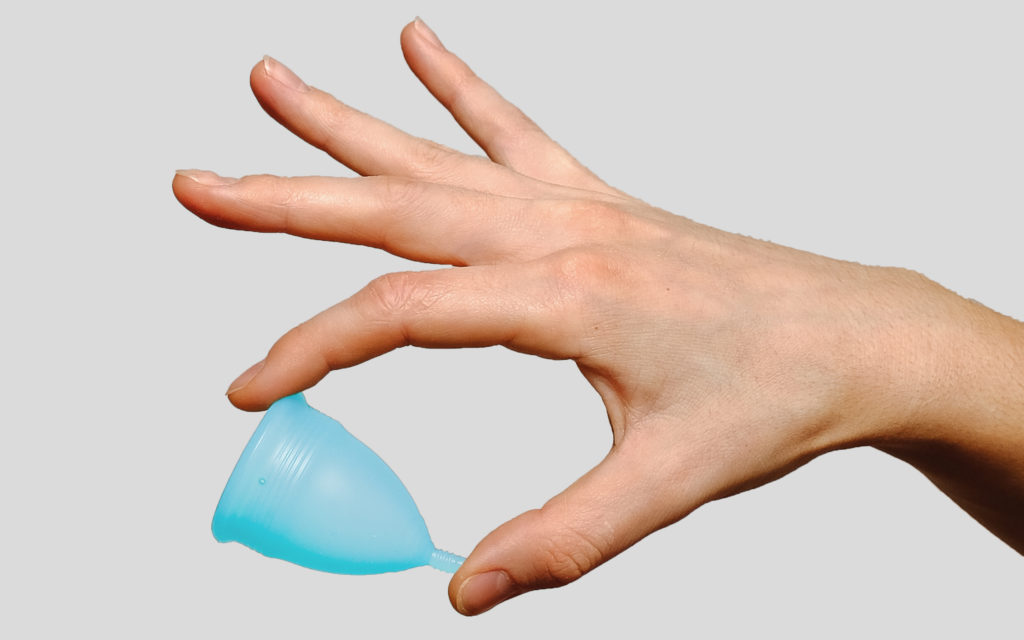
The Menstrual Cup: This is a small, flexible cup made of medical grade silicone or latex which, like a tampon, is inserted into the vaginal canal during your period. They cost between 10 and 30 dollars and can last for 6 months to 10 years with proper care. They come in different sizes, so choose the right one for your body and flow. The most common are the DivaCup and the Moon Cup, but there are many brands to choose from online.
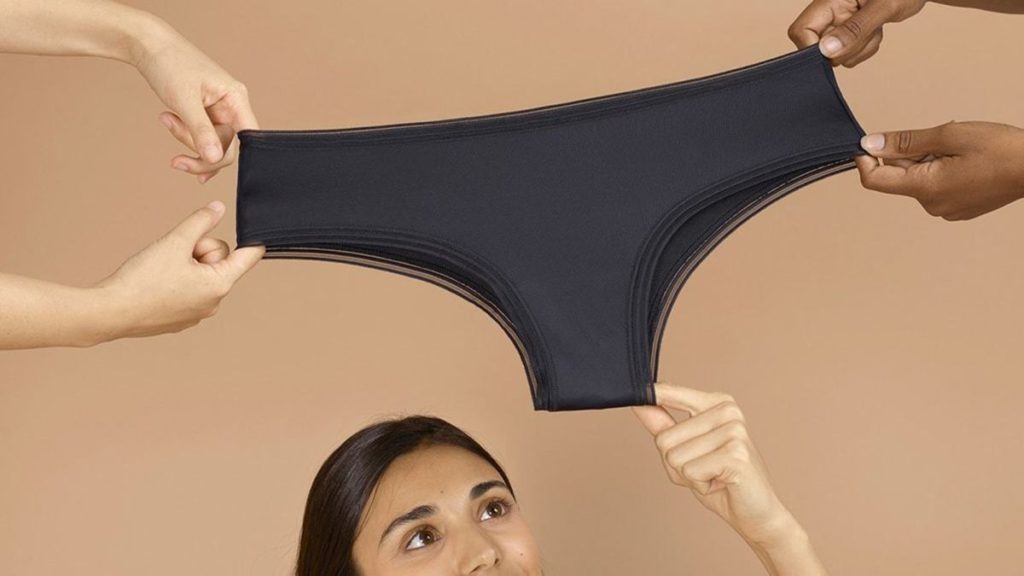
Period-Proof Panties: The most well-known brand, Thinx, became popular with their straightforward, shame-free period messaging. These panties come in all the sizes and shapes as regular underwear, but absorb like a pad and can hold up to 4 tampons worth. They last up to 2 years, but may require a backup depending on your flow, and are a bit pricier starting at $24. But their mission to, “push back against discriminatory policies, promote inclusivity, and move the needle on menstrual equity so that every person has access to the products they need to reach their full potential” is well worth the cost.
Free Bleeding: Free bleeding is when you don’t do anything to block or collect your period blood. One chooses to free bleed to bring awareness to those without access to any personal hygiene products (Public awareness about period poverty, the inability to access menstrual hygiene products, has ignited a movement calling for free and accessible pads and tampons in restrooms and public spaces around the world), while others do it to shed the stigma attached to period blood (and having a period at all). Still others may just feel more comfortable going without tampons and pads. Regardless of the reason, free bleeding is an incredibly personal choice and we mention it here because it is, indeed, 100% plastic-free.
With so many plastic-free alternatives on the market, we think this is one #PlasticFreeJuly swap that’s a no-brainer. Period.


